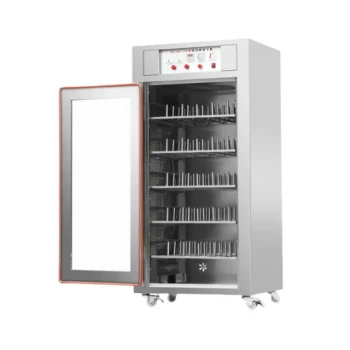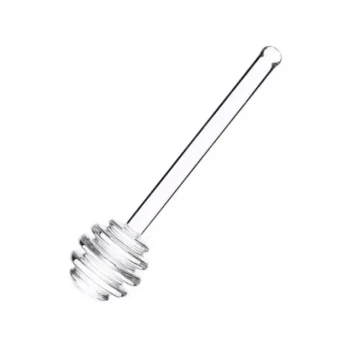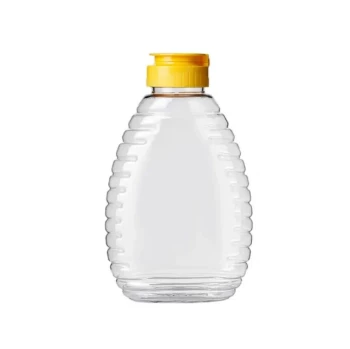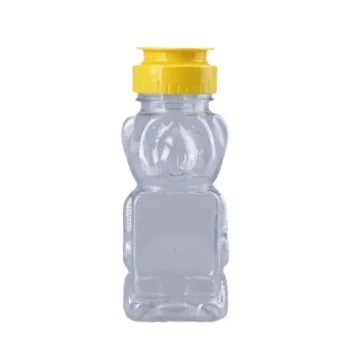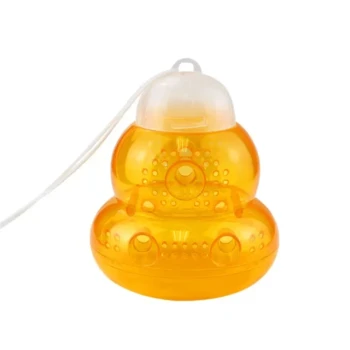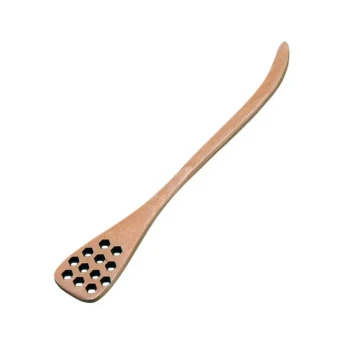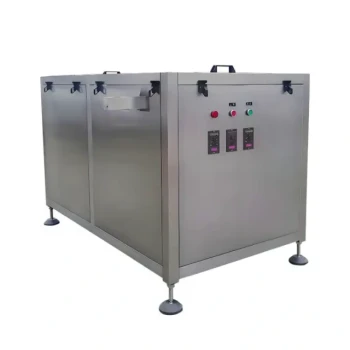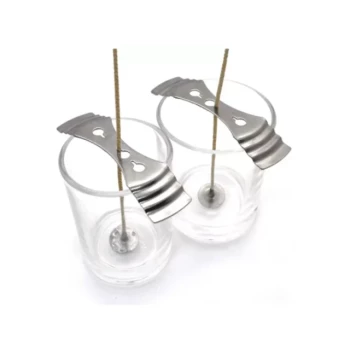To remove moisture from the air, the two most effective methods are using a dehumidifier or an air conditioner. These appliances work by cooling the air to a point where water vapor condenses into liquid, which is then collected and drained away. While other tactics can manage condensation, only these two actively extract moisture from the indoor environment.
The core principle of removing moisture from the air involves cooling it below its dew point. While both air conditioners and dehumidifiers use this method, an AC's primary goal is to cool the space, while a dehumidifier's sole purpose is to remove moisture, often adding slight warmth back into the room.
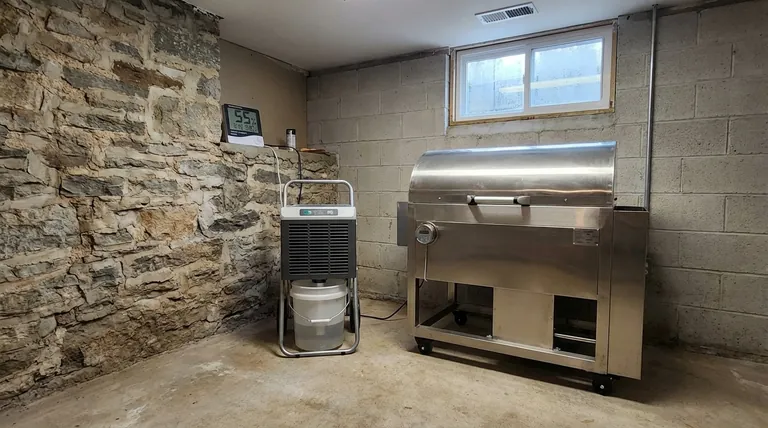
How Mechanical Systems Actively Remove Moisture
Understanding how these common appliances work is key to using them effectively. They both rely on the same physical principle but are engineered for different outcomes.
The Dehumidifier's Role: Targeted Moisture Removal
A dehumidifier pulls in humid air and passes it over refrigerated coils. This rapid cooling forces the moisture in the air to condense into water droplets, which are collected in a reservoir or drained through a hose.
Crucially, the now-drier air is then passed over warm coils before being exhausted back into the room. This means a dehumidifier will slightly increase the ambient temperature of the space it operates in.
The Air Conditioner's Role: Cooling and Dehumidifying
An air conditioner (AC) operates on a very similar principle. It pulls warm indoor air over cold evaporator coils, which cools the air and causes water vapor to condense.
However, an AC's primary function is to transfer heat from inside your home to the outside. The dehumidifying effect is a beneficial byproduct of this cooling process. The condensed water is simply drained to the exterior.
Managing Condensation vs. Removing Moisture
Sometimes the problem isn't the overall humidity but where that moisture collects. This is a related but distinct challenge.
The Principle of Condensation
Moisture becomes visible when warm, humid air comes into contact with a surface that is colder than the air's dew point. This is why you see condensation on a cold glass of water or on windows during the winter.
Using Insulation as a Preventative Measure
You can manage this specific issue by raising the temperature of cold surfaces. Using insulation, storm windows, or dual-pane windows prevents interior surfaces from getting cold enough for condensation to form.
This strategy doesn't actually remove moisture from the air itself. It simply manages the symptoms of high humidity by eliminating the cold surfaces where water can collect.
Understanding the Trade-offs and Risks
While effective, both dehumidifiers and air conditioners have operational considerations that are critical for safety and efficiency.
Energy Consumption
Both appliances are significant energy consumers. Running a dehumidifier in a room that is already being cooled by an air conditioner can be counterproductive, as the dehumidifier will be adding heat that the AC must then work harder to remove.
Maintenance is Non-Negotiable
The collected water and damp coils inside these appliances can become breeding grounds for mold and other biological pollutants. It is essential to regularly clean collection buckets, check drain lines, and keep filters and coils clean according to the manufacturer's instructions.
Making the Right Choice for Your Environment
Choosing the correct tool depends entirely on the specific conditions of your space and your primary goal.
- If your primary focus is cooling a hot, humid space: An air conditioner is the most efficient choice, as it solves both problems simultaneously.
- If your primary focus is removing moisture in a cool, damp area (like a basement): A dehumidifier is the ideal tool because it effectively removes moisture without making the space uncomfortably cold.
- If your primary focus is preventing condensation on windows or walls: Improving insulation and sealing air leaks is a more direct and permanent solution than running an appliance.
By correctly diagnosing your environment's specific needs, you can select the right method to create a comfortable and healthy indoor space.
Summary Table:
| Method | Primary Function | Best For Environment | Key Consideration |
|---|---|---|---|
| Dehumidifier | Targeted moisture removal | Cool, damp areas (e.g., basements) | Slightly warms the room; requires regular cleaning |
| Air Conditioner (AC) | Cooling the space | Hot, humid spaces | Dehumidification is a beneficial byproduct |
| Insulation | Managing condensation | Preventing moisture on cold surfaces | Does not remove moisture from the air |
Need reliable equipment for your commercial or wholesale operation?
For commercial apiaries and beekeeping equipment distributors, maintaining the correct humidity is critical for honey processing and equipment storage. HONESTBEE supplies durable, high-performance beekeeping supplies and equipment through our wholesale-focused operations. Let us help you protect your investment.
Contact HONESTBEE today to discuss your wholesale needs and ensure your operation stays dry and productive.
Visual Guide
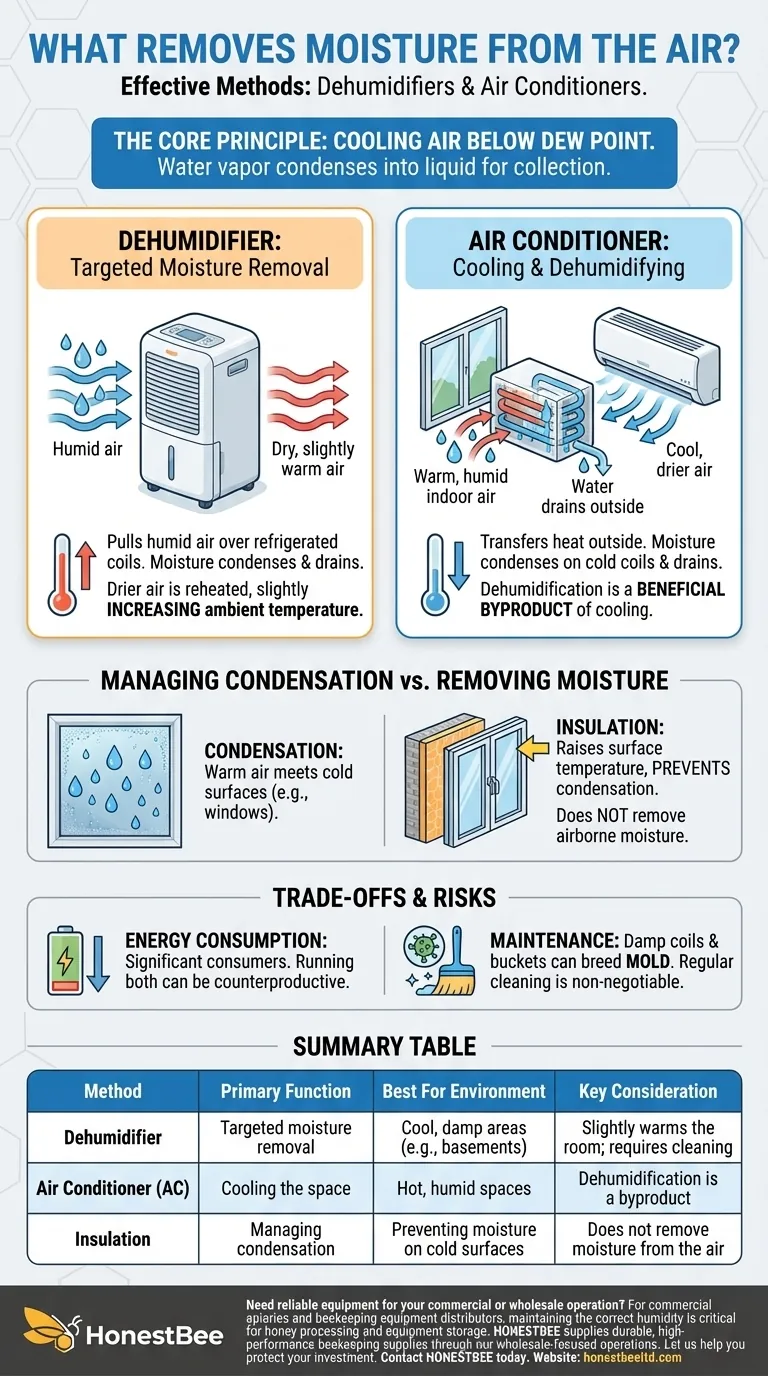
Related Products
- High Quality Honey Dehumidifier Dryer Thickening Machine for Beekeeping
- HONESTBEE Professional Cabinet Bottle Dryer
- Premium Heat-Resistant Glass Honey Dipper
- Automated Rotary Bottle Unscrambler for Honey Production Line
- Wooden Queen Bee Excluder for Beekeeping
People Also Ask
- Can you dehumidify honey? A Beekeeper's Guide to Preventing Fermentation
- What are the advantages of a condensation honey dryer? Boost Quality & Yield for Your Apiary
- What are some dehumidification techniques for reducing honey moisture? Preserve Quality & Prevent Fermentation
- What are some tips for preventing excess moisture in honey during harvesting? Essential Steps for a Stable Harvest
- How to remove humidity from honey? Protect Your Harvest from Fermentation

